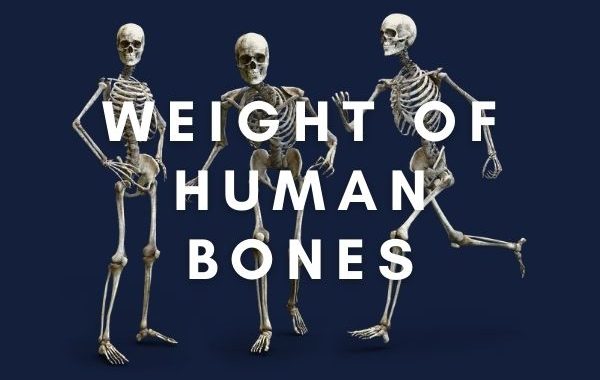Activities are essential to the human body. Our bodies consist of joints, muscles, and the main parts that are visible to everyone. Hands are the body parts that we’re going to discuss in this article.
So, How Much Does A Hand Weigh? The average weight of a human hand will be approximately 0.58% of the total body weight. For example, if an adult person’s total body weight is 175 pounds (79 kg), then the weight of his hands is about 1 pound (0.45 kg).
A human’s hands are unique compared to other living beings. Our thumbs, in particular, can work with the other fingers to grip or clap on some things. Fingers are also special because they are sensitive to temperatures and have distinctive fingerprints from one another. Even twins can have completely different fingerprints.
Our hands have 27 bones in total. Eight of them are in our wrists, and five are in our palms. There are two on each of our fingers, including our thumbs. There are more than 600 muscles in our hands.

Considering Our Body Weights
These things may make us wonder, how heavy are our hands? Before we answer your question, let us look at the average weight of men and women.
The U.S. and Canadian 18-79 years old men weigh 181-187 pounds (82.1-84.82 kg). The women from the same regions and age groups have an approximate weight of 170.6 pounds (77.38 kg).
The human hands make up 0.58% of the body weight. So, the U.S. and Canadian men’s hands weigh 1.05-1.08 pounds (0.48-0.49 kg) on average. Given the usual weights, the average woman will have 0.98 pounds (0.44 kg) on their hands. Such weights are only slightly lighter than men’s.
The Different Parts Of Our Hands
We measure our hands from the tips of our shoulders down to our fingers. Upper arms go from our shoulders’ tips to our elbows. Next, there are the forearms that are from our elbows to our hands. Our hands consist of palms and fingers.
These different parts have some contributing percentages to our body weights. Depending on our genders, our hand parts can have weights that vary from one another.
For example, the upper arms are 3.25% and 2.9% from the weights of males and females, respectively. When we consider the average weight, males’ upper arms can be between 5.88-6.08 pounds (2.67-2.76 kg). Females’ upper arms, on the other side, are approximately 4.95 pounds (2.25 kg).
For males, the forearms consist of 1.87% body fat. This situation makes their weight range becomes 3.38-3.5 pounds (1.53-1.59 kg). On the other hand, the forearms of women contain 1.57% of their body fats. Such conditions make women’s forearms have a 2.68-pound (1.22 kg) weight.
The palms and fingers have much smaller portions compared to other hand parts. So, it’s difficult to compute how much body fats contribute to them. But, if there are any, those will be the upper arms plus the forearms.
Remember that our overall weights are not the only factors that account for our hands’ weights. Other factors still play parts even if they contribute to how heavy our hand parts are.
Pregnancy can make our hands heavier, especially if we’ve reached more than 6-month pregnancy. Some people appear lighter than their actual body masses because their bones are heavy. Consequently, these people can have some of the heaviest hands.




